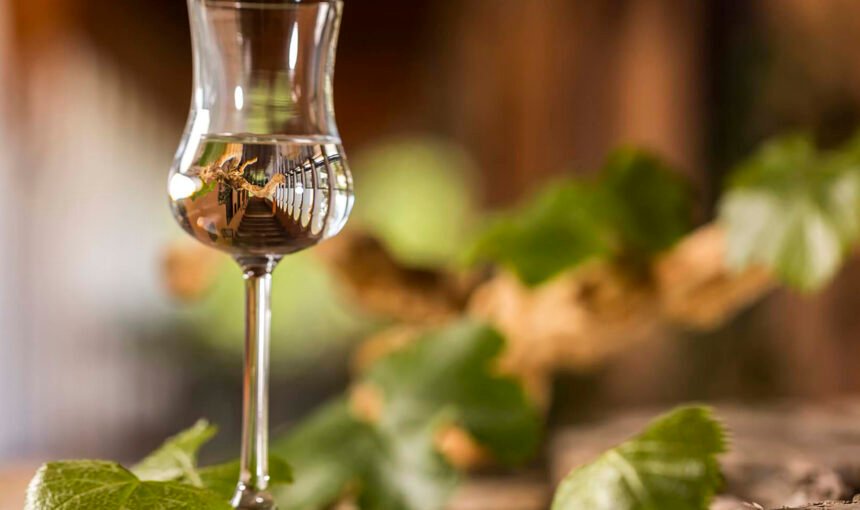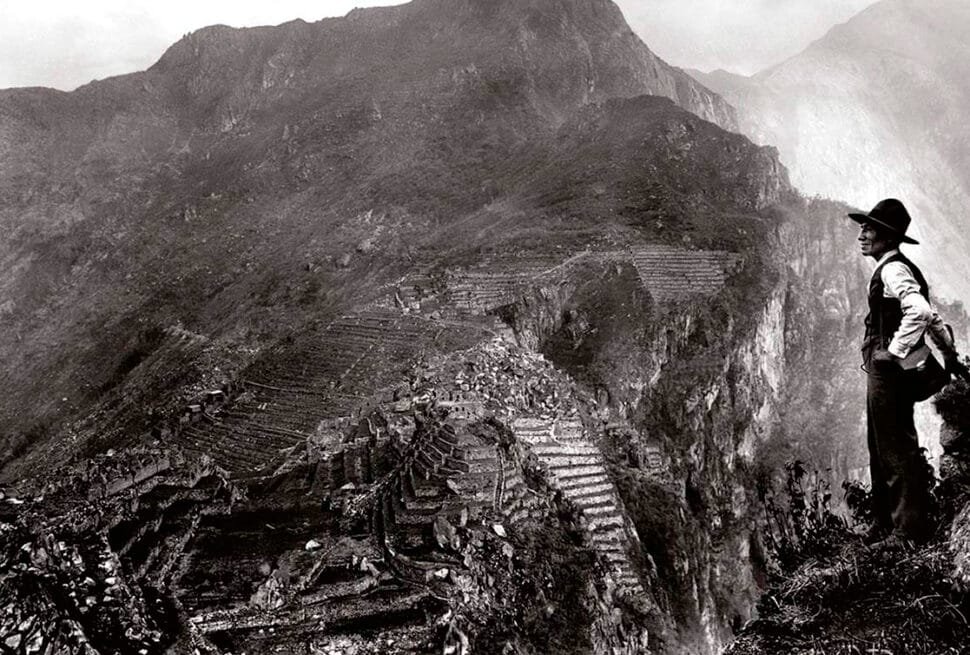The Origins and Legacy of Pisco
The Birth of Pisco
Pisco, Peru’s national spirit, is a grape-based brandy with a history that stretches back more than 400 years. Its story begins in the fertile valleys along Peru’s southern coast, particularly in regions such as Ica, Pisco, and Moquegua. Spanish colonizers brought grapevines to South America in the 16th century, and by the early 1600s, Peruvian vintners were already experimenting with distilling wine into a spirit.
The name Pisco itself comes from the Quechua word “pisku,” meaning bird, and it also refers to the coastal port of Pisco, from where this spirit was exported widely during the colonial era. By the 17th century, barrels of Pisco were already reaching destinations across the Spanish Empire, from Panama to Spain, making it one of the earliest distilled spirits to achieve global recognition.
The Craft of Pisco Making
What makes Pisco unique is its method of production. Unlike many other brandies, Pisco must be distilled only once, to proof, and cannot be diluted with water after distillation. This rule ensures that the spirit preserves the pure essence of the grapes used. There are eight grape varietals officially recognized for Pisco production, divided into aromatic (such as Italia, Torontel, and Moscatel) and non-aromatic (such as Quebranta, Negra Criolla, and Mollar).
The distillation is carried out in copper stills, following traditional methods that have remained largely unchanged for centuries. After distillation, Pisco must rest for a minimum of three months in vessels that do not alter its flavor, such as glass or stainless steel, which allows the spirit to stabilize while keeping its natural character intact.
Types of Pisco
There are three main categories of Pisco:
- Puro: Made from a single grape varietal, often Quebranta, known for its robustness.
- Aromático: Produced from one of the aromatic grape varieties, offering floral and fruity notes.
- Mosto Verde: Distilled from partially fermented grape must, resulting in a richer, more complex spirit.
- Acholado: A blend of different grape varietals, carefully balanced to achieve harmony of flavors.
These variations give bartenders, chefs, and connoisseurs an expansive palette of aromas and textures to explore.
Cultural Significance of Pisco
More than a spirit, Pisco is a symbol of Peruvian identity. It has been declared a Denominación de Origen (Designation of Origin), meaning it can only be produced in specific regions of Peru under strict standards. Every year on the fourth Sunday of July, Peru celebrates Día Nacional del Pisco, a festival filled with tastings, music, and cultural events.
The drink has also found a place in Peruvian rituals and traditions. In some Andean communities, Pisco is offered to Pachamama (Mother Earth) during ceremonies, reinforcing its cultural depth and symbolic value.
Pisco in the Modern Era
Today, Pisco is at the heart of Peru’s cocktail culture, most famously in the Pisco Sour, a refreshing combination of Pisco, lime juice, sugar syrup, egg white, and Angostura bitters. Another popular cocktail is the Chilcano, a lighter mix of Pisco, ginger ale, lime, and bitters. Beyond cocktails, artisanal producers and mixologists are pushing the boundaries of Pisco, experimenting with food pairings and creating innovative tasting experiences that highlight its versatility.
Internationally, Pisco has gained increasing recognition, with global competitions, awards, and growing demand in markets like the United States, Europe, and Asia. Yet, despite its rising fame, authentic Peruvian Pisco remains deeply rooted in centuries-old traditions.
Challenges and Preservation
Like Rainbow Mountain’s delicate environment, Pisco too faces challenges. Climate change threatens vineyards, while mass production could compromise quality if not carefully managed. To safeguard its legacy, Peruvian authorities and producers emphasize strict adherence to production rules, promotion of sustainable viticulture, and education of consumers about its unique identity.
When and Where to Experience Pisco
The best way to experience Pisco is by visiting the Ruta del Pisco in southern Peru, especially in the Ica Valley, where visitors can tour vineyards, learn about distillation, and taste Pisco directly from the source. The harvest season, known as vendimia (March–April), is a particularly festive time, featuring grape harvests, music, and celebrations that connect the drink to Peru’s agricultural roots.
Conclusion
Pisco is far more than a spirit—it is a living heritage of Peru’s history, culture, and craftsmanship. Born from centuries of tradition, carried across oceans in wooden barrels, and still distilled with the same respect for the grape, Pisco tells the story of Peru in every sip. Whether enjoyed in a classic Pisco Sour overlooking the Andes or sipped neat in the coastal valleys where it was born, Pisco embodies the soul of a nation proud of its past and optimistic about its future.



